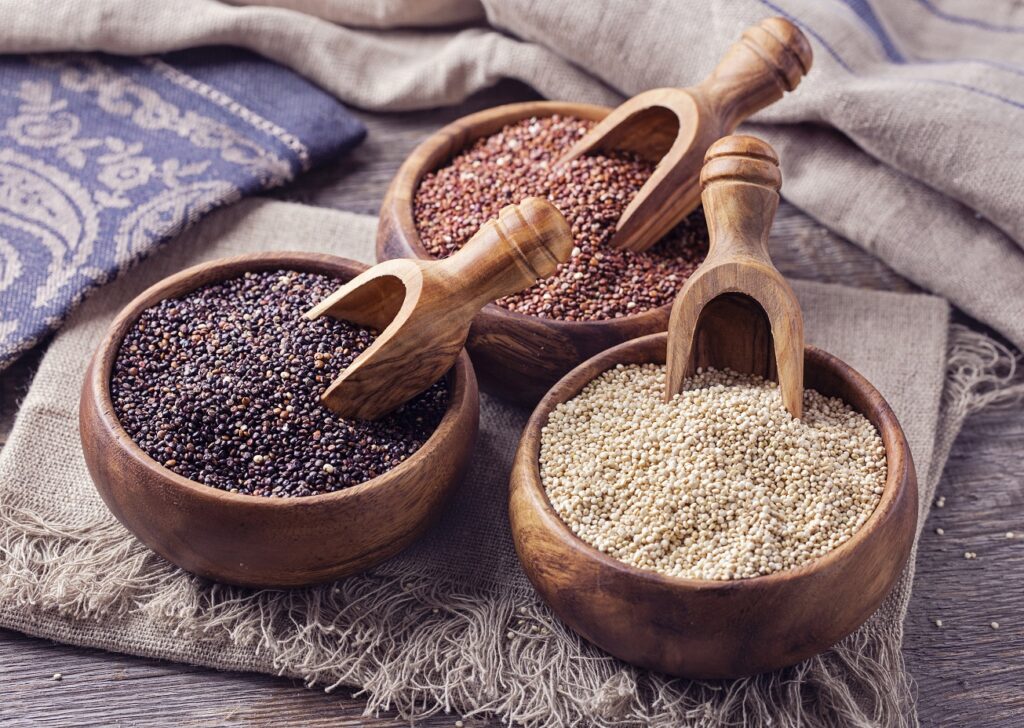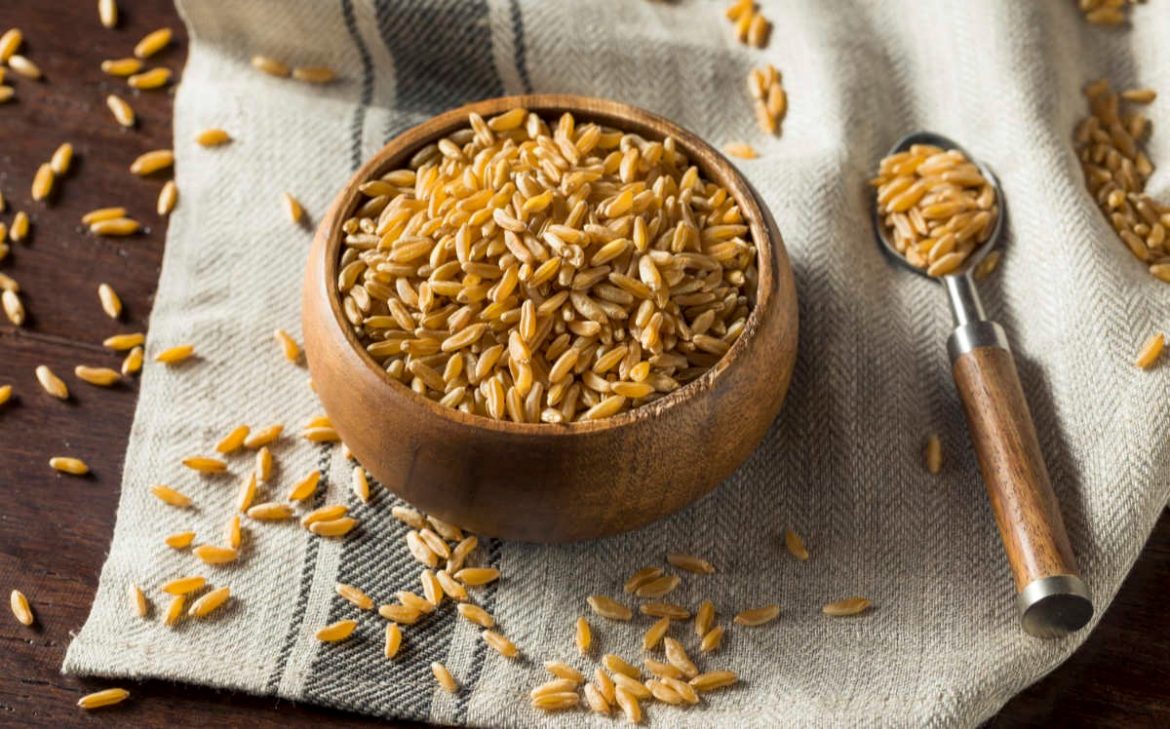Photo: Wise Living Magazine
This article was updated on September 2, 2022
September is Whole Grains Month, which is an annual reminder that you should be eating more whole grains. Why, you ask? Because they’re chock full of health benefits, and lots of them! In fact, experts recommend that at least half of the grains we consume be whole because they are so resplendent with antioxidants, vitamins, and minerals.
Health benefits of eating whole grains
Fruits and veggies are not the only food items offering stellar nutritional packages. Whole grains contain many nutrients your body needs, including protein, fiber, B vitamins, antioxidants and trace minerals, such as iron, zinc, copper and magnesium. Also, studies have found that a diet rich in whole grains may:
- Reduce risk of stroke
- Reduce risk of type 2 diabetes
- Reduce risk of heart disease
- Reduce risk of inflammatory disease
- Reduce risk of asthma
- Lower risk of cancer, including colorectal, breast and pancreatic cancer
- Lead to healthier carotid arteries
- Help produce healthier blood pressure levels
- Result in less gum disease and tooth loss
- Help with weight maintenance – Eating whole grains can leave you with less belly fat, and they make you feel fuller than refined grains (think: white flour, white bread, white rice)
- Improve bowel health by helping to maintain regular bowel movements and promote growth of healthy bacteria in the colon
We are particularly fascinated by the studies conducted on KAMUT® Brand Wheat, which demonstrate that its consumption may ameliorate symptoms of fibromyalgia and Non-Alcoholic Fatty Liver Disease (NAFLD), reduce inflammation, support a healthy gut microbiome, and more.

What are whole grains, and how can I incorporate them into my daily diet?
Whole grains have all of the parts of the original kernel, including bran, germ and endosperm, in their original proportions. In refined grains, the bran and germ are stripped away. Below, we have provided an introductory list of whole grains and linked to fan-favorite recipes that feature them:
- Amaranth – Amaranth Green Onion Fritters
- Barley – Barley Pilaf
- Bulgur (cracked wheat) – Bulgur Salad With Apricots, Radicchio, Herbs, and Walnuts
- Buckwheat – Buckwheat with Mushrooms
- Corn (including whole cornmeal and popcorn) – Gluten-Free Cornmeal Pizza Crust
- Millet – Millet Salad with Avocado and Citrus
- Oats (including oatmeal) – Eleven Madison Park Granola
- Quinoa – Almond Quinoa Energy Bars
- Rice (brown rice, colored rice, and wild rice) – Black Sticky Rice
- Rye – Real NY Jewish Rye Bread
- Spelt – Spelt & Wild Mushroom Risotto
- Sorghum (also called milo) – Sorghum Tabbouleh
- Teff – Crispy Teff Cakes with Wilted Chard & Fresh Tomato Relish
- Triticale – Whole Grain Triticale Waffles with Pomegranate and Orange
- Wheat (including ancient grains, such as KAMUT® Brand Wheat, einkorn, emmer/farro and spelt) – KAMUT® Cornbread
With the U.S. Dietary Guidelines recommending three-five servings of whole grains every day, it’s lucky for us that finding products with whole grains in them isn’t hard, since so many mainstream brands recognize their benefits and have incorporated them into their products. However, labeling can be deceptive, so when you’re at the grocery store make sure the whole grain product you pick up actually contains whole grains.

How do you spot a whole grain?
The Whole Grains Council created an official packaging symbol, the “Whole Grain Stamp,” to help consumers find real whole grain products. The Stamp ensures the food contains a full serving or more of whole grains in each labeled serving, and that all the grain is whole grain. The basic Whole Grain Stamp (it doesn’t say “100%” on it) appears on products containing at least half a serving of whole grain per labeled serving.
However, not all whole grains have a Whole Grain Stamp on them, so here are some words you may see on a package of a product that contains actual whole grains:
- Whole grain [name of grain]
- Whole wheat
- Whole [other grain]
- Stone ground whole [grain]
- Brown rice
- Oats, oatmeal (including old-fashioned oatmeal, instant oatmeal)
- Wheatberries
Beware that some words, like “wheat,” “semolina,” and “multigrain” do not necessarily describe whole grains, while words like “bran,” “wheat germ,” “wheat flour,” and “enriched flour” never describe whole grains. You can learn more about these distinctions on the Whole Grains Council website.

If you are not already doing so, start exploring the health benefits of eating whole grains this Whole Grains Month. If your whole grains are organic like KAMUT® Brand Wheat, even better, since this ancient grain has survived intact for centuries and is recognized for its nutritional qualities and other attributes that can help maintain good health. KAMUT® Brand Wheat also tastes great! Its natural buttery and nutty flavor make it a favorite of bakers, pasta makers, chefs, and home cooks around the world.
 Food
Food Farmers
Farmers Sustainable Living
Sustainable Living Living Planet
Living Planet News
News